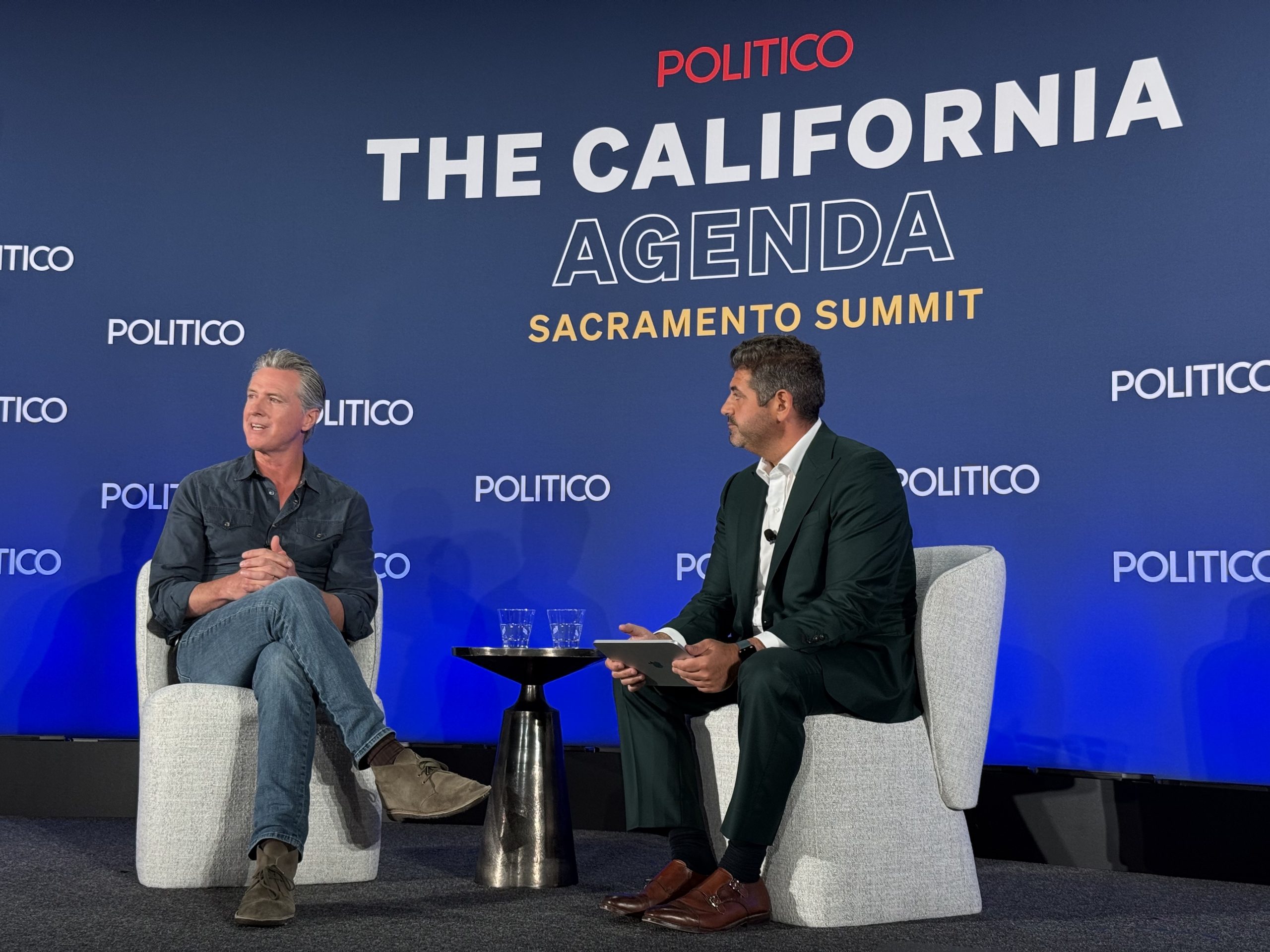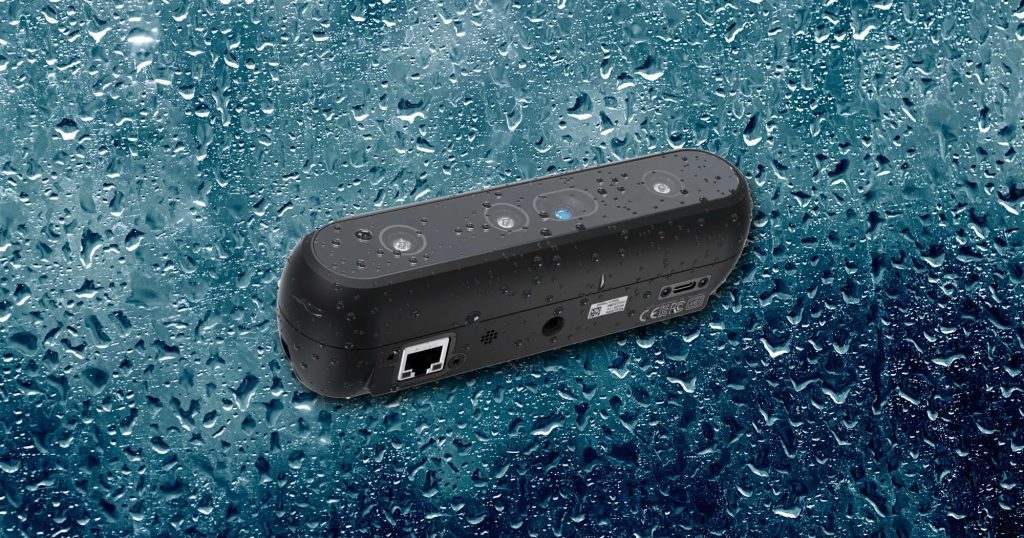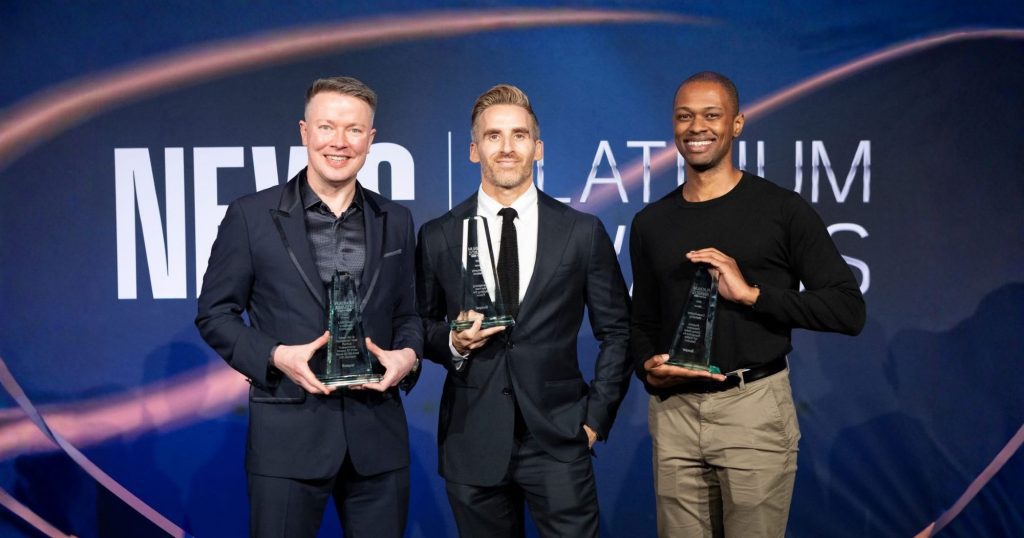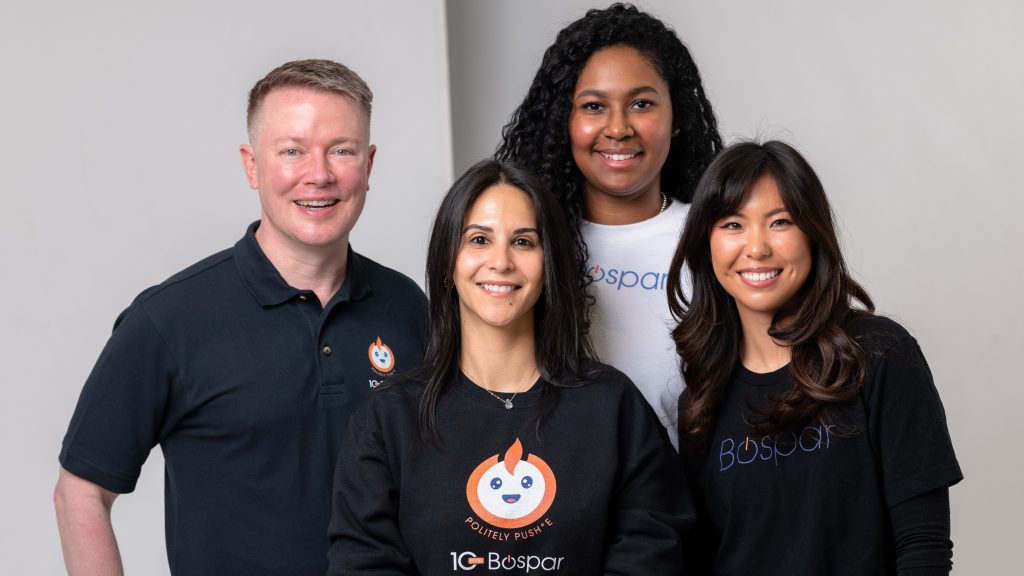A media trainer’s non-partisan examination of political persona management
When I got the invitation to Politico’s California Summit, I knew I was witnessing perfect timing. Gavin Newsom was having his biggest PR moment in years, and here was my chance to see it unfold in person. I managed to snag a front row seat. My clients were jealous. Colleagues kept asking if I thought Newsom would debut his viral social media character on stage. Would he hand out “Trump is Not Hot” tank tops? Maybe deliver a live performance of his Trump impression, complete with ALL CAPS proclamations about being “AMERICA’S FAVORITE GOVERNOR”?
The anticipation was intense. Everyone wanted to know if the man who posts AI-generated images of himself on Mount Rushmore would bring that same energy to the live stage. This was the hottest political ticket in town.
The Setup vs. The Performance
Christopher Cadelago, Editorial Director, California, POLITICO, came prepared with questions designed to capitalize on Newsom’s recent online attention. The stage was set for what could have been a masterclass in viral political performance.
“Last summer, folks were writing your political obituary,” Cadelago began. “Luckily, I don’t read obituaries, so I missed it,” Newsom quipped back.
When Cadelago followed up asking how recent events had impacted him personally, Newsom immediately expanded the scope: “It’s made me more resolved. More focused… This is simply the most destructive and damaging individual in my lifetime that happens to be the president of the United States.”
As the interview progressed, I started noticing how Newsom was controlling the conversation. My PR training kicked in, and I began cataloging the techniques he was deploying. When Cadelago asked about debating Arnold Schwarzenegger on Prop 50 (Newsom’s ballot measure to temporarily bypass California’s independent redistricting commission and redraw congressional maps in response to Republican redistricting efforts in Texas), Newsom gave a brief “no” before immediately pivoting: “It doesn’t serve the public in any meaningful way. It’s theater.” Classic redirect.
When directly asked if he personally approves press office tweets, he provided what seemed like an answer while actually avoiding confirmation: “There is a kill switch, yeah.” Later adding, “I need some deniability eventually.” Textbook non-answer.
Newsom also shared previously unreported details from his Trump meeting, revealing that Trump showed him an FDR painting and discussed third terms. The timing felt calculated to generate headlines while maintaining control over the narrative.
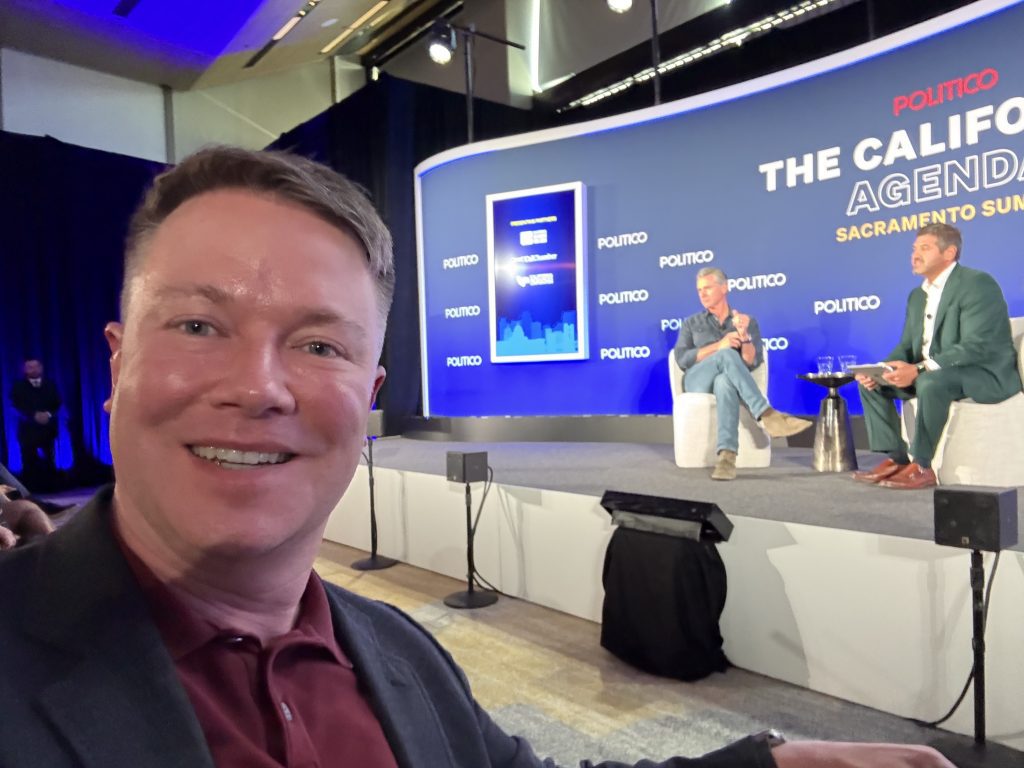
The Wrong Audience for Wake-Up Calls
Throughout the interview, Newsom’s repeated use of “wake up” became particularly grating. By my count, he said it at least six times during the hour-long conversation. “Wake up, everybody. Wake up, everybody, including Sean Hannity,” he declared at one point.
For an audience of policy professionals, political insiders, and highly educated attendees who had specifically come to see his viral persona, this felt condescending. These weren’t casual observers who needed basic civics lessons. They were sophisticated political consumers who understood the stakes perfectly well. The repeated exhortations to “wake up” suggested Newsom had fundamentally misread his room.
By the third time he said it, I started getting genuinely annoyed. My front row excitement was beginning to fizzle. This wasn’t what anyone came to see.
The Expectation Gap
Newsom may have assumed that serious policy discussion would be more appropriate for the summit setting, but this miscalculated what drew people’s interest in the first place. The excitement was driven by anticipation of seeing the viral persona in action.
This disconnect became clear when Cadelago asked a seemingly perfect setup question: “Who in politics is hot?” Instead of a playful response that could have generated social media clips, Newsom launched into a lengthy analysis of Democratic Party messaging strategy and the challenge of connecting with young male voters.
Taking Too Much Control
Looking back on the full hour, the pattern became clear. Newsom wasn’t just managing the interview – he was hijacking it entirely. When Cadelago tried to shift to lighter topics or capitalize on the viral persona everyone had come to see, Newsom steamrolled through with more intense political messaging.
The tension was evident when Cadelago suggested a lighter tone. “I’m not calm, and I’m not going to submit myself to niceties,” Newsom shot back, “not when this guy is trying to wreck our goddamn country.”
Watching this dynamic play out, I found myself wondering if Newsom respected Cadelago as a journalist, or journalists in general. While I don’t believe that to be true, his bulldozing technique created that impression. The repeated dismissal of questions and aggressive pivoting suggested a disregard for the interviewer’s agenda that went beyond normal message discipline.
This was a strategic miscalculation that could hurt him if he runs for president. Building an audience around entertainment value creates obligations. When people show up expecting a show and get a lecture instead, the disappointment can undermine future engagement regardless of the message quality.
Final Thoughts
Grade: C+
Newsom demonstrated advanced media training techniques and maintained disciplined messaging throughout. However, he fundamentally misread his audience and squandered a golden opportunity to capitalize on his viral momentum. There’s also a broader political concern: if he maintains this level of sustained fury, whether warranted or not, it’s hard to see how he wins over persuadable voters. Americans generally don’t elect angry candidates, even when the anger seems reasonable. Technical proficiency without strategic awareness makes for a mediocre performance that could hurt his broader political aspirations.
